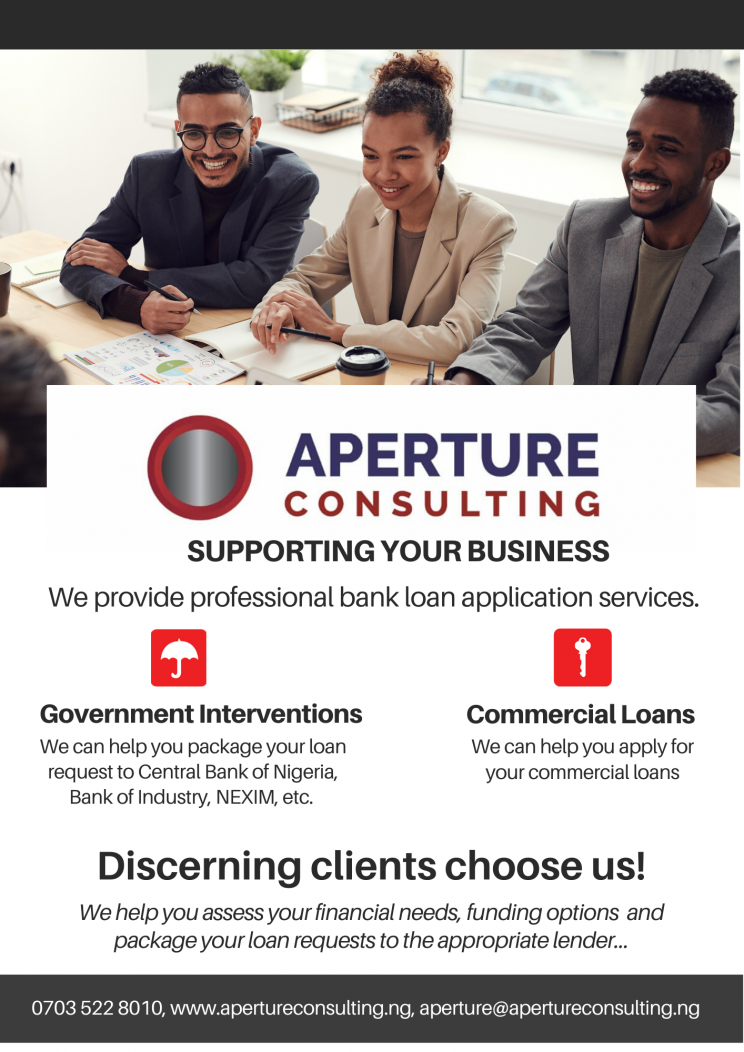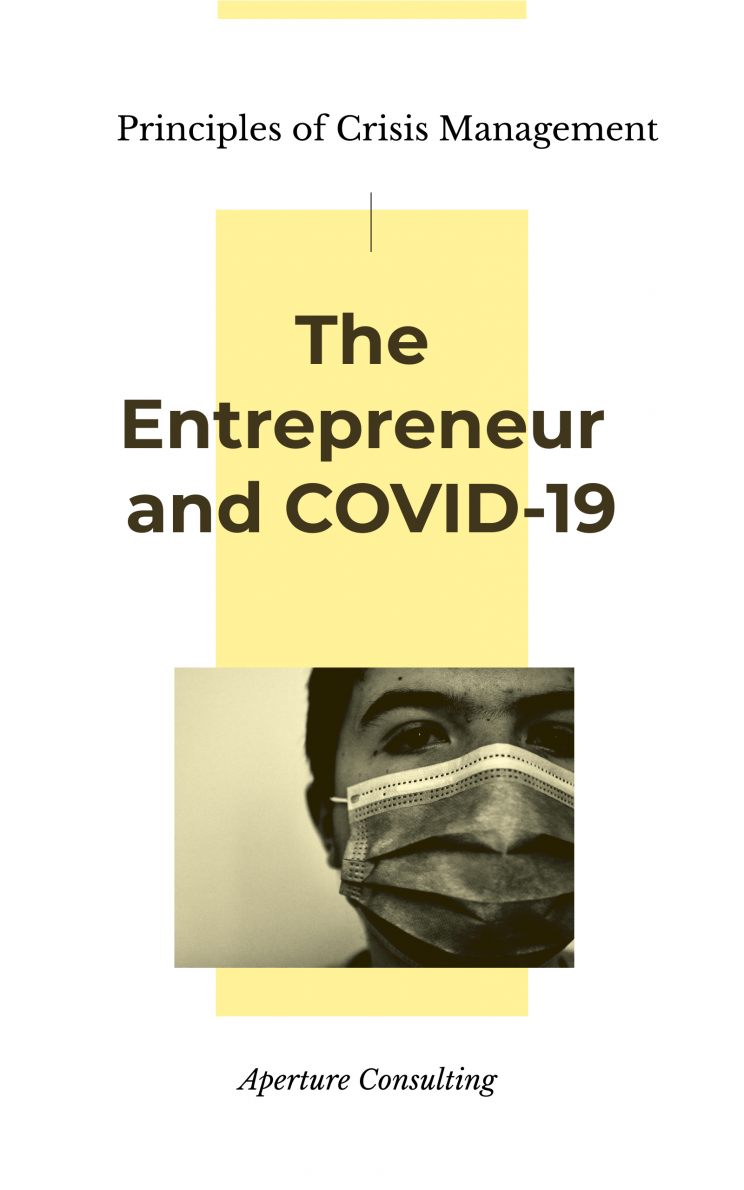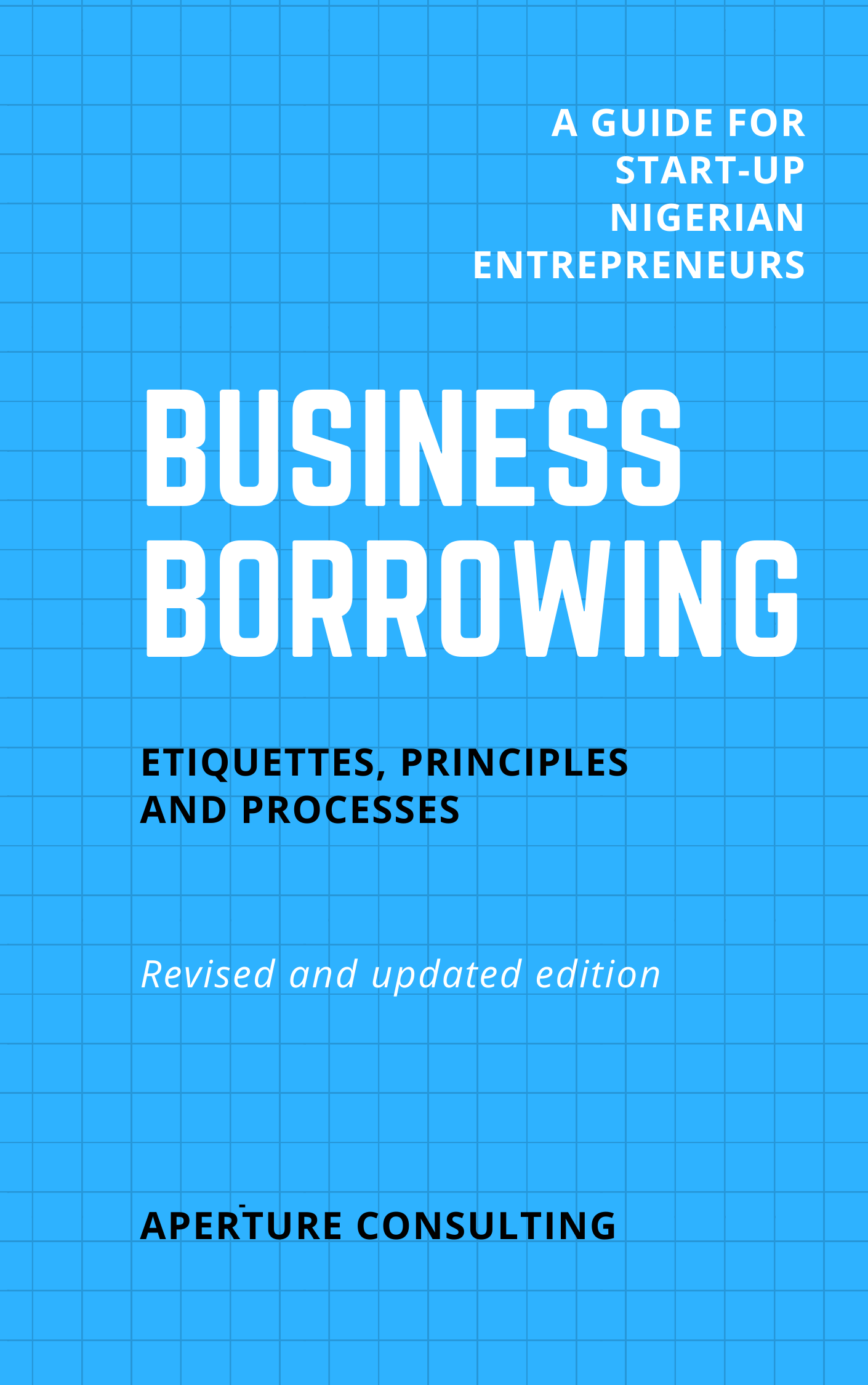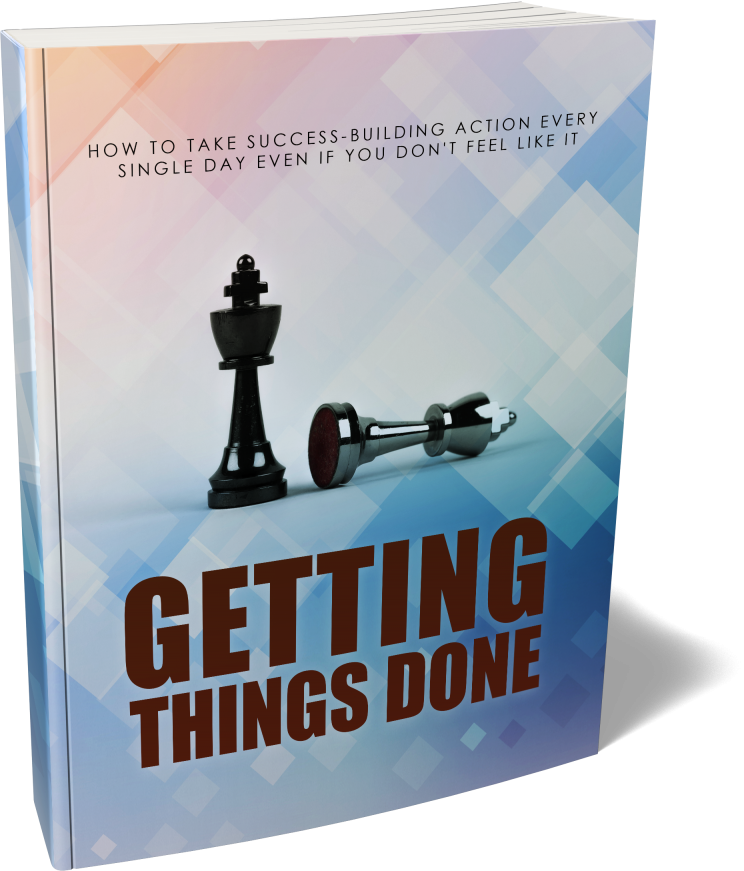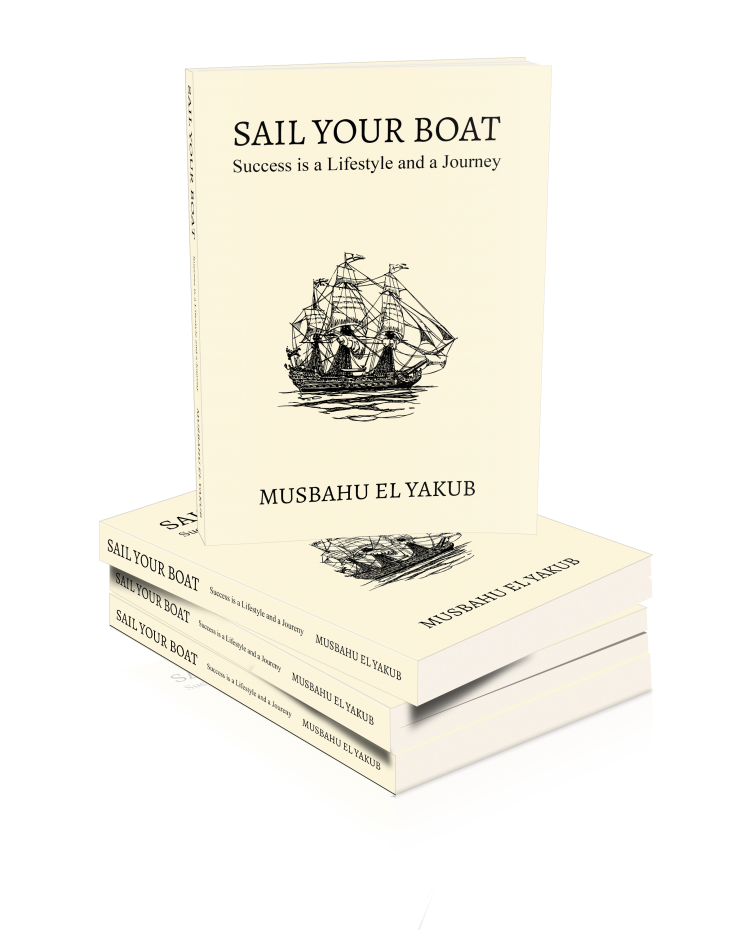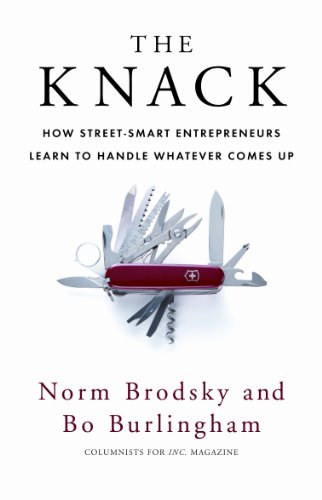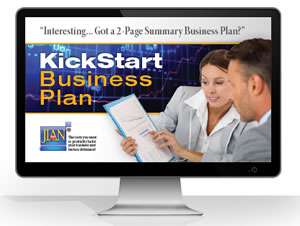Testing your Business Ideas:
 Succeeding in business takes a number of several things done right. After coming up with an idea, it is imperative that it is tested to ensure that it meets basic commercial considerations before additional resources are committed to it. Let us call this ‘test of feasibility’. This is a very important stage as you can discharge the idea if it does not meet these conditions before more funds and time are wasted. So how do we test the feasibility of a business idea?
Succeeding in business takes a number of several things done right. After coming up with an idea, it is imperative that it is tested to ensure that it meets basic commercial considerations before additional resources are committed to it. Let us call this ‘test of feasibility’. This is a very important stage as you can discharge the idea if it does not meet these conditions before more funds and time are wasted. So how do we test the feasibility of a business idea?
We mentioned in our previous article that all businesses basically strive to add value by solving some problem and/or creating some convenience, for which a sufficiently large number of customers must be willing to profitably pay for. We also mentioned three factors that are conditional to the long-run success of any business enterprise. These factors are:
- Solve a problem or create some convenience on an on-going basis. This can by way of offering a physical product or service (we will use ‘product’ here to cover both),
- Create or attract a sufficiently large number of customers who able and willing to pay for the product,
- Offer the product at a price that is sufficient to cover the business costs and return a profit.
The first factor has to with generating the business idea, which we covered in our last article. Today we will seek to help you understand how you could test your business idea with a view to assessing whether or not the last two conditions will be met. If the tests do not strongly suggest that the idea is commercially feasible, then it must be either reviewed if variables will permit, or abandoned forthwith. As an entrepreneur, you cannot afford to waste your precious time and resources on ideas that cannot pass basic commercial tests. Obviously, there are few exceptions, in what involves so-called ‘disruptions’, when even most known tests cannot establish viability. Just think of when the Wright brothers were working on their ‘airplane’. There simply was no basis of study that could establish the commercial viability of air travel. Similarly, electricity as we know it, was initially heavily resisted against because of what several people consider as its dangers. And just imagine what our lives would be like without it now! But these situations are few and far in between. We shall therefore focus on how normal potential business ideas can be tested. We will treat the case of the ‘disruptive innovations’ much later.
To test if a business idea will attract sufficiently large number of customers who are willing and able to pay for the product or service, that will ensure profitability of the venture, the entrepreneur needs to be clear about a few things and establish a few others.
Define your product and understand your customer: You need to start with a very clear vision of what your product is offering. Is it a commodity that will be offered in the same form to customers as it is offered by the competition? If so, what will you do differently that will attract the customers to you? How easily can competition replicate your ‘unique proposition’? If your product is not a commodity, how different is it from possible substitutes, both in terms of usage and pricing?
You must also understand who are your target customers. Are they end-users or they are res-sellers and processors who will add-value and then sell it to end-users? What is their buying behavior? What are their order quantities? How often do they buy? Are they localized in one region or spread over a large area?
Production and delivery costs: You must be able to establish how much the product will cost you to manufacture and deliver to the customer. In some cases, prototypes of products need to be manufactured to establish its expected performance as well as cost estimates. In most other cases, diligent research can provide reasonably acceptable estimates. In such situations however, one needs to be both realistic and conservative at the same time.
You need your costs to be able to know if you can compete favourably with others in the business, as well as to be able to establish possible pricing options and payment terms. Create varying scenarios to enable you negotiate well with your customers. The more possible deal options you have, the better your success chances.
Market: Once you have defined your product and established your costs, you will need to test market your idea or product with the actual buyers. Common understanding is that you should test it with arm-length possible buyers, and not close friends and relations! You should be able to establish possible purchase price, periodic quantities that may be purchased, seasonal demand changes etc. You can ask for written orders of purchase to establish the seriousness and commitment of your possible customers. It is key to discuss with several potential customers and eliminate possible biases in the information they provide. Discussing with the potential customers will also provide you with understanding of their frustrations, if any, which you may be able to address. They can also suggest possible modifications to your product. Ask questions and listen to them.
Understanding the economics of the market is also very key. You need to know the market size; is it likely to expand or shrink over the next several years? Who are the major suppliers to the market; who are the major buyers in the market; what are the barriers to entry etc.
Resources: Different businesses will require differing amount of various resources. These resources might include production and sales staff, plant and equipment for production, logistics vehicles, office equipment etc. You have to be able to establish how you can raise the funds and provide all other resources. I will strongly advise that you are diligent in this review. If you under-estimate your financial requirements, you could end up committing 90% of the required funding and yet fail to launch because of a relatively measly 10%. This error can cost you time and more money than the 10%, and even threaten the success of your venture. Be diligent.
Talk to experts: Talking to a mentor experienced in business, your banker, your engineer etc. will give you wider perspective on issues that may need to be established or addressed before you commit additional resources. Do not be defensive when discussing with others who might not be as enthusiastic as you are. Ensure that issues raised by them are addressed. Where you do not agree issues raised by them are of concern, you must be sure you have a sound basis for that stand.
Cash flow and profitability: Nothing so easily kills even viable businesses like cash flow constraints and losses in that order. A business can overcome and survive initial losses if their cash flow is good but can hardly survive if their cash flow is negative for an extended period of time. You must therefore be able to establish the so-called cash conversion cycle of the business you are considering. Do your potential customers buy the products on credit, and if so for how long? Or do they pay cash in advance of delivery? Can you discount your invoices without losing much profitability? The devil is in the details.
Once your ideas seem workable and commercially viable, you must now go further from feasibility assessment into a detailed business review and planning. This will generally be much more rigorous and detailed. But if your feasibility assessment has been as thorough as it should have been, the final outlook will not differ much. The detailed business planning will give you a feel and ‘taste’ of what the business will be like. It gives you a sense of mission and direction. It will also be required by your bankers if you need funding from them. We will discuss business planning next. For now you should read further on testing business ideas on the links below:
http://www.entrepreneur.com/article/228153
http://www.entrepreneur.com/article/225856
http://fitsmallbusiness.com/how-to-test-a-business-idea/

